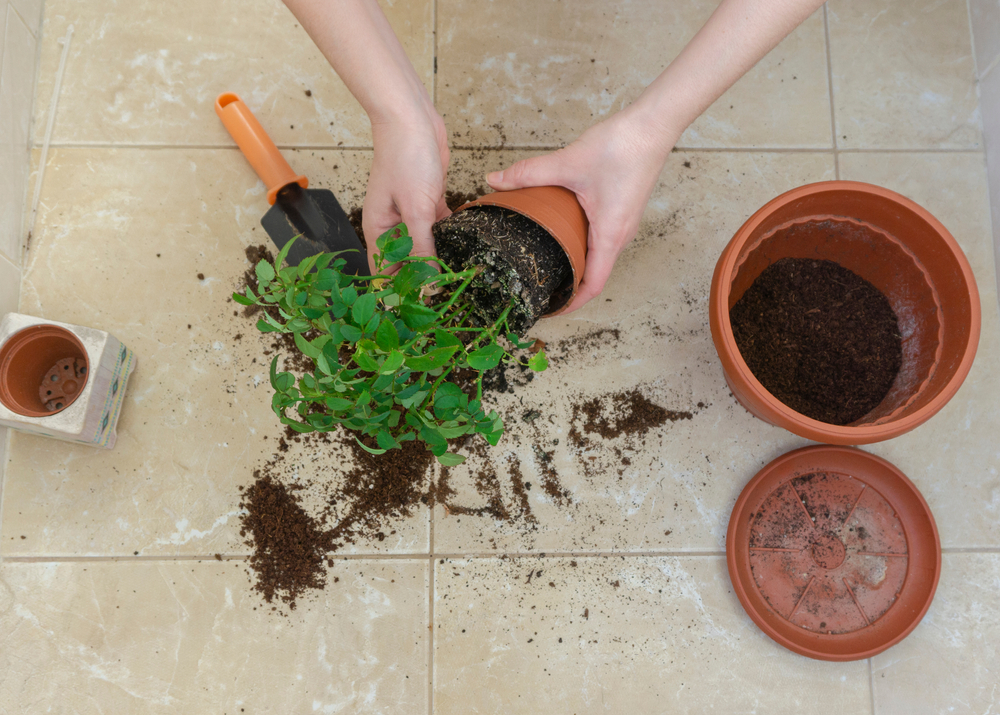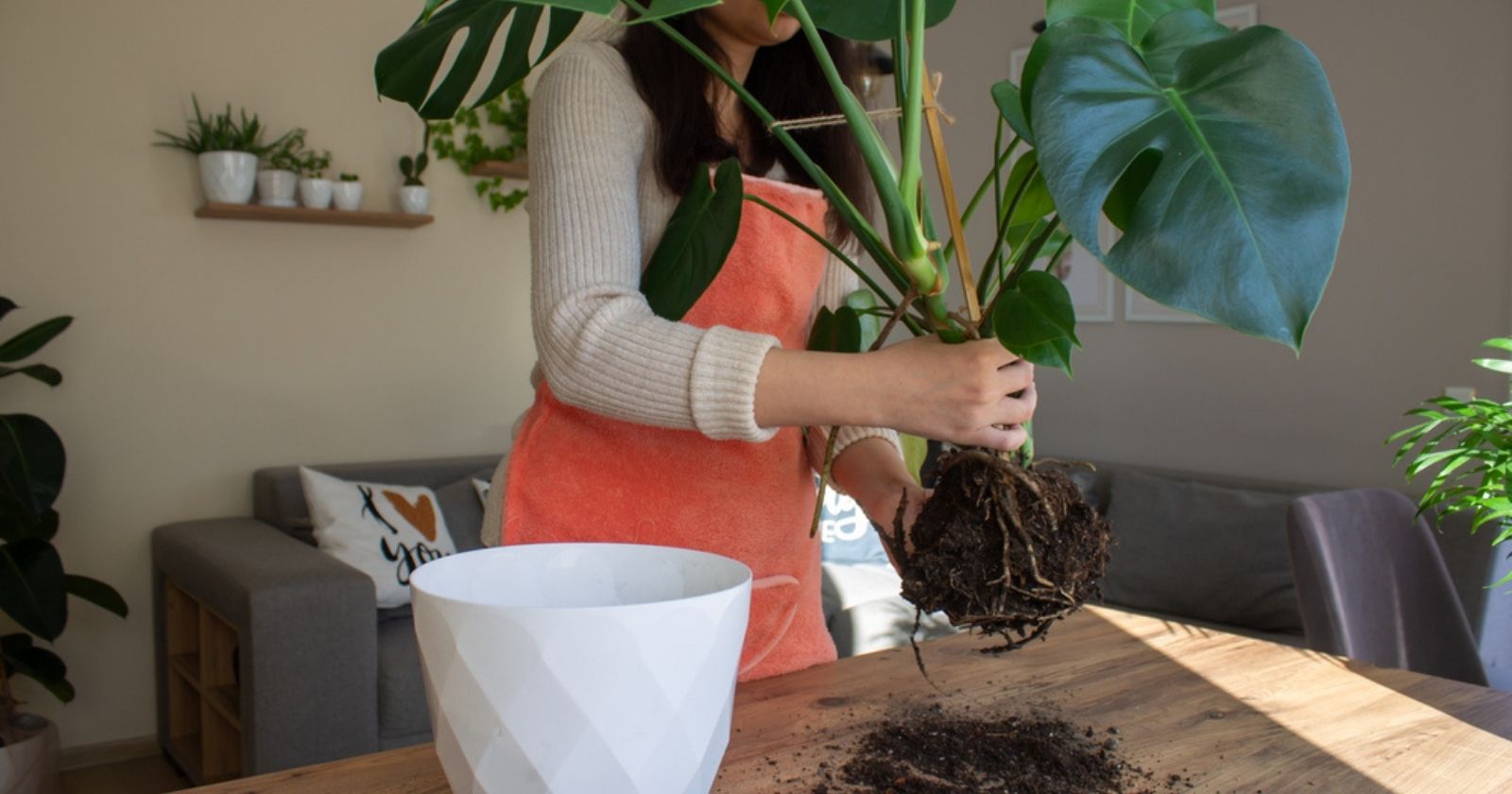Nothing is more excruciating than walking in shoes that are a size too small, so imagine how your plant will feel in a pot that is too narrow. Consider repotting them to leave plenty of room for your plants to bloom and grow. Discover the right moment, the right pot and an unfailing technique for this.
When should you repot your plant?
Do you want to see your indoor or balcony plants bloom? So remember to repot them every now and then. This maintenance step, sometimes overlooked by novice gardeners, is nonetheless essential to keep your plants in pots for as long as possible. It makes it possible to renew the growing medium and offer a plant that has not yet reached its mature size a larger container that will aid its development.
Several clues can help you determine if a plant should be repotted:
- Roots escape through drainage holes
- Foliage seems too big for the size of the pot
- Some leaves fade and become brittle
- New leaves are smaller
To repot your monstera, pothos or other plants, we prefer the period between the end of winter and the beginning of spring, when the plants are coming out of vegetative rest. We then choose a pot one or two sizes larger (2-3 cm in diameter more). Plants that are mature do not require pot changes, but can be repotted every two or three years to take advantage of a new, richer substrate.
Note: never repot a flowering plant.
How to repot your plant

Repotting is a delicate step that can be traumatic for the plant. The hardest part is getting the root ball out of the pot. So try to handle your beloved plant with care so that you do not break leaves and tear the roots out.
Follow these steps to succeed in these delicate steps:
- Prepare your pot with a draining layer consisting of clay granules, gravel or shards from broken pots.
- Cover it with a little potting soil.
- Check that your plant’s substrate is neither too dry nor too wet.
- Tap the sides of the latter’s pot and hold it at an angle.
- If the root ball comes loose, gently tap the bottom of the pot and hold it upside down (be careful, you risk getting it all over, so choose your work surface carefully).
- Check the condition of the roots. Cut off any damaged, dead, or moldy ones with pruning shears.
- Place the root ball in the center of the pot and fill the edges with fresh potting soil. Lightly tamp and then water.
That’s it, your plant has everything to be happy!
Did you like this article? Then discover our article about watering houseplants. Ideal for recognizing a shortage or excess of water and save their plants.
